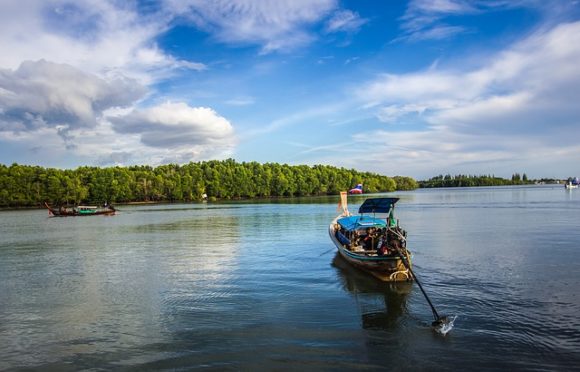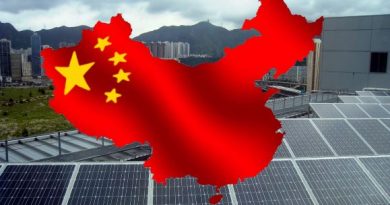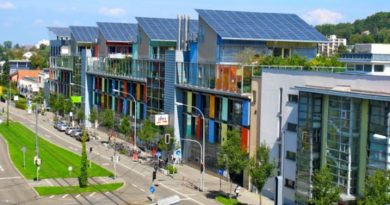Extended Timeline and New Guidelines for Renewable Projects in Andaman and Lakshadweep
MNRE has extended the deadline for completion of solar projects on Andaman & Nicobar and Lakshadweep. As a part of the notification issued yesterday, the ministry has also added a few new guidelines to the scheme.
 Waiting for Renewable Power
Waiting for Renewable Power
The efforts to bring the benefits of renewable energy to our Island chains continues. It is particularly important in their case because of the sensitive ecosystem there, and the dependence on diesel powered gensets to power their needs in most cases. The Ministry of New & Renewable Energy (MNRE) has extended the implementation deadline for the development of distributed grid-connected solar power projects in Andaman & Nicobar, and Lakshadweep islands. Allowing projects substantial time for completion the deadlines have been extended from (2016-17 to 2018-19) to (2016-17 to 2019-2020).
As per the notification, the other modifications/additions that are being made to the scheme are:
1. Increasing the capacity targeted under the Scheme from 40 MW to 52 MW or more within the limit of Central Financial Assistance as sanctioned in the existing scheme.
2. The scope of the existing Scheme to support setting up of standalone Solar PV Power Project, standalone Battery Energy Storage System (BESS), Solar PV plant with Battery Energy
Storage System (BESS), Transmission System for Solar PV Power Plant and Floating Solar PV power plants (with or without Battery Energy Storage System) in Andaman & Nicobar Islands and Lakshadweep Islands.
3. Insertion of the provision in the existing Scheme, that “To ensure smooth and timely implementation of the scheme, MNRE will be authorized to make amendments, if required, in the scheme modalities, with the approval of Hon’ble Minister (NRE), without increasing/ exceeding the total financial requirements as approved by the SFC.
4. The scheme allows coverage to land development, internal and external evacuation, and transmission lines under the scheme. However, in case of projects proposed by NTPC, since long transmission line may be required for evacuation of REpower, transmission line that is to be supported under the scheme is being specified. In the Andamans, that means 19 km from Chidiyatapu solar project to Garcharma Substation and 27 km from Manglutan solar project to Garcharma Substation and it should be within the financial limit of transmission system cost of Rs. 48 Crs. and corresponding CFA@40% of cost = Rs. 19.2 Crs.
Notably, the ministry has added an element of discretion in decision making as we can see, which simply points to the challenges it has faced with project execution in the islands, as well as the urgency with which the need to ensure renewable energy takes off there is viewed. One hopes that this latest move will see the island chains get closer to being 100% RE powered by 2020.
The union territory of Andaman & Nicobar Islands joined Ujwal DISCOM Assurance Yojana (UDAY) program in 2017. Implemented by the government to assist the financial turnaround of DISCOMs. Andaman & Nicobar Islands according to reports has gained a benefit of around ₹180 million by way of cheaper funds for capex, and other benefits from being a part of the program like interventions in energy efficiency, during the period of the turnaround. Lakshadweep joined the UDAY program in March 2018. According to the statement released by the Ministry of Power, Lakshadweep will receive a net benefit of around ₹80 million by participating in the program.
Earlier this month, Union power and NRE minister R.K. Singh while addressing delegates of “Know India Programme 2018” said that the government is planning for a 100 percent renewable energy status in Andaman & Nicobar and Lakshadweep Islands. And that India is ready to share its expertise with other Island Nations.
Read More: Ditching Diesel for Renewables on Islands




